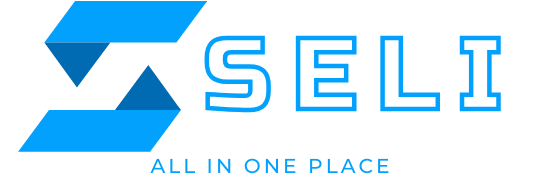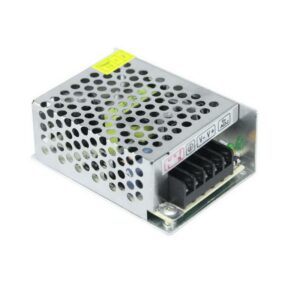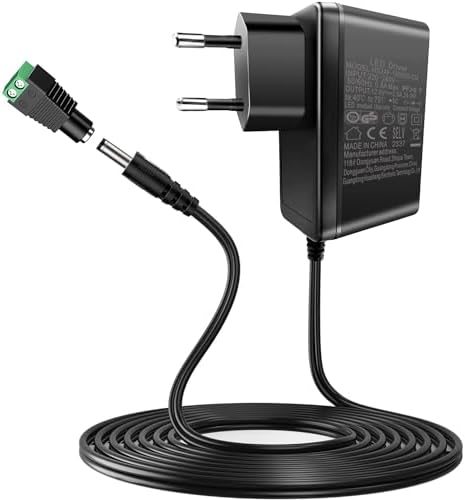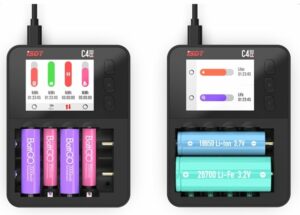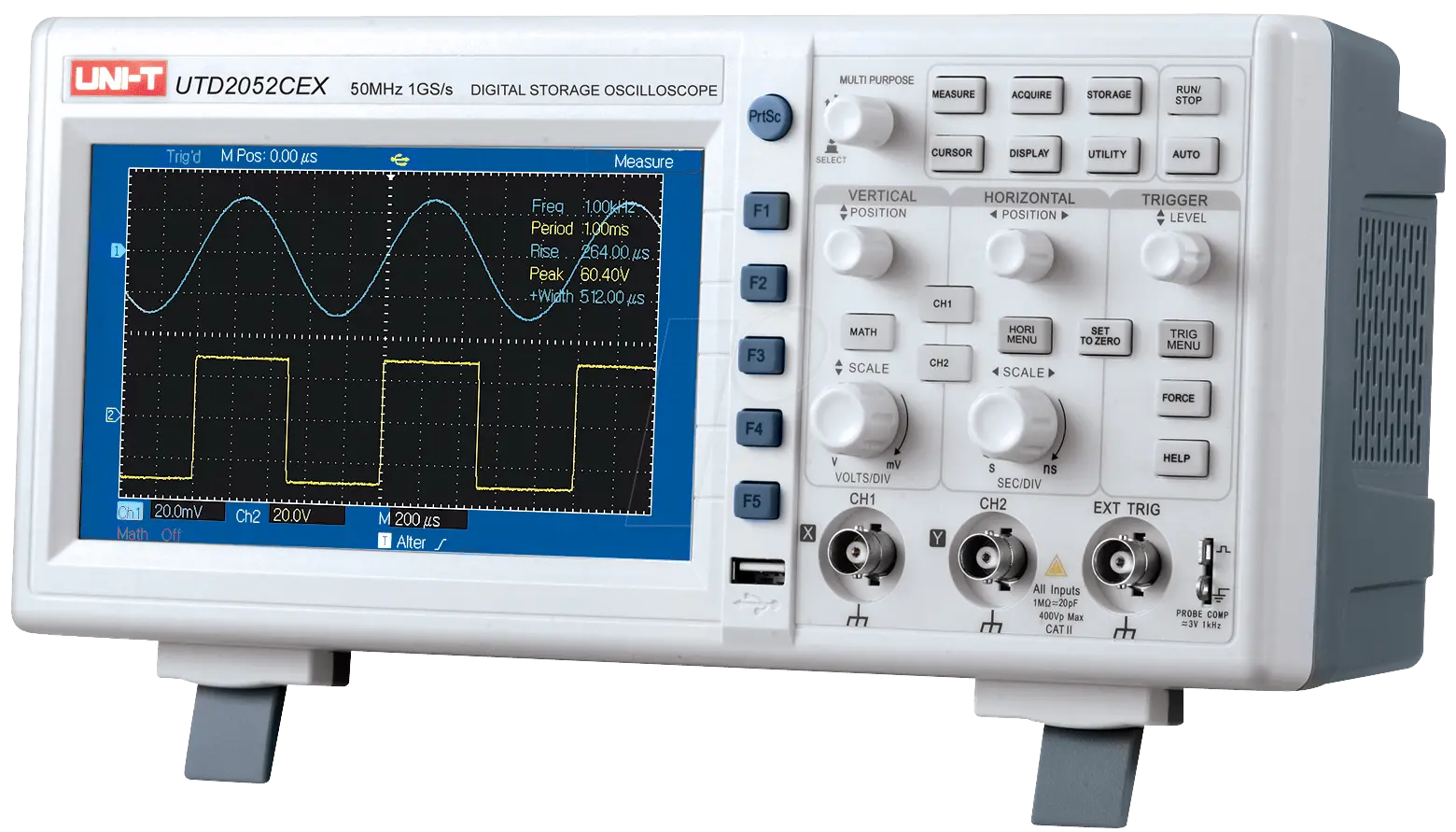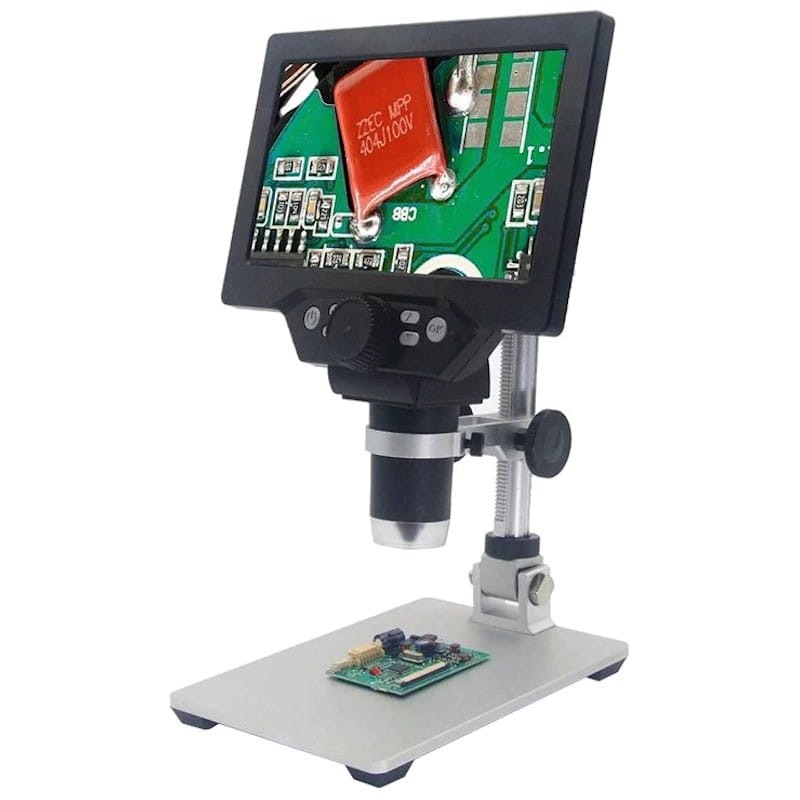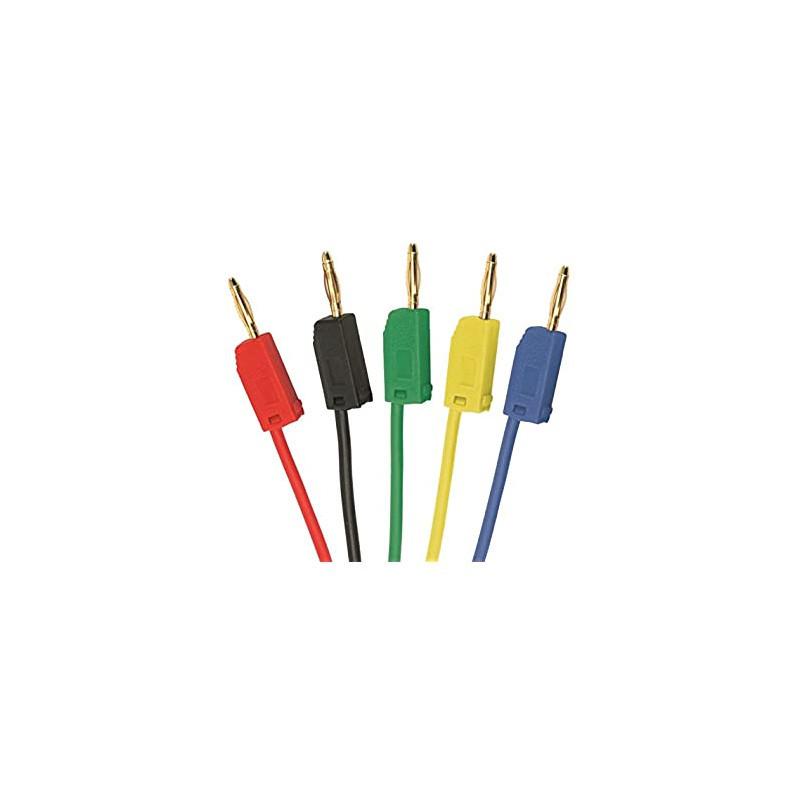Continuous Supply Vs Steady Deployment: A Comparability Leave a comment
By leveraging these sources, you can build a robust foundation in DevOps, CI, and CD, and excel in your roles and interviews. An agent refers to a computational framework equipped with agent software, which executes a single job sequentially. Now that we’ve understood let us see how these three practices work together and the way they differ.
Steady Integration Vs Continuous Deployment — What Is The Difference And Why Does It Matter?
This has enabled the company to handle quite a few servers and multiple code updates day by day. CircleCI can be utilized by other open source tasks, including Flow, StoryBook, Relay, Yarn, and Angular. This article examines how each of those notions provides to an organisation’s targets of continuous innovation and the key variations between them. CI/CD and DevOps, their variations and how they perform together are regularly misunderstood. A fast Google search on “CI/CD vs. DevOps” returns dozens of posts on Quora, Stack Overflow, Reddit, and others, all requesting a transparent response on the relationship, similarities, and differences between the two.
What Are The Variations Between Continuous Integration, Steady Delivery, And Continuous Deployment (ci/cd)?
However, there are some elementary differences between the 2 that are worth exploring. In this article, we’ll talk about what Continuous Integration and Continuous Deployment are, the variations between them, and why it issues. Continuous Delivery (CD) is a apply that refers back to the process of creating, testing, and delivering software code enhancements. There are a selection of strategies you can implement when you’re constructing your CI/CD pipeline. If you’ve lots of microservices and third party services, you might look into some type of orchestration technique.
Continuous Supply Vs Steady Deployment: Key Differences
Continuous monitoring of functions and infrastructure helps establish points and collect feedback for further improvements. This eBook examines how the 4 principles of the Agile Manifesto can be utilized as a place to begin for holistic utility safety practices. Additionally, BrowserStack provides integrations with all major CI/CD instruments, thus simplifying testing protocols for QAs and builders.
- ‘CD’ can be utilized to refer to both ‘continuous delivery’ or ‘continuous deployment’, and even though ‘CI’ at all times refers to ‘continuous integration’, this apply varies widely between completely different groups.
- This has enabled the corporate to handle quite a few servers and multiple code updates day by day.
- Moving security testing to earlier in the life cycle is doubtless considered one of the most important steps to attaining this goal.
- Additionally, any device that’s foundational to DevOps is more probably to be a part of a CI/CD course of.
Stakeholders collectively determine the vision of the project on this stage, after which the development of the applying code can begin. 2) Next comes the construct stage where the supply code is infused with its dependencies and an executable development occasion is created. Software builds, construct artifact handling, and different variants of buildable objects, like Docker containers, are dealt with on this stage.
‘Integration’ relies upon your use of model control and, in a simple characteristic branch improvement model, refers to merging new improvement work from a feature branch into the main department. Close collaboration between builders, testers, and operations teams is essential for speedy and seamless deployment. Continuously testing and monitoring the product and incorporating new releases into tests is the last word facet of high quality management that any successful product wants. Developers can update and locate issues earlier than the release is publicly available.
CI/CD pipelines have turn into a sizzling subject within the Salesforce ecosystem, with 82% of Salesforce teams working to implement them, based on the 2022 State of Salesforce DevOps report. What’s spoken about much less typically, though, is a transparent definition of both ‘CI’ and ‘CD’ and an explanation of how they differ — don’t fear, we’ve got you covered. Bookmark these resources to study forms of DevOps teams, or for ongoing updates about DevOps at Atlassian.
In the ever-evolving panorama of software program development, CI/CD (Continuous Integration and Continuous Delivery) stands as a transformative set of practices and automation methods. Its primary mission is to empower development teams to craft, take a look at, and deploy software with unprecedented velocity and reliability. In this text, we delve into the intricacies of CI/CD, dissecting its core components and elucidating its pivotal position in trendy software development. Because CI/CD automates the guide human intervention historically wanted to get new code from a commit into manufacturing, downtime is minimized and code releases occur faster.
However, if a company is set as a lot as merge all branching supply code together on at some point (known as “merge day”), the ensuing work can be tedious, manual, and time-intensive. That’s as a outcome of when a developer working in isolation makes a change to an utility, there’s a chance it’s going to battle with completely different adjustments being simultaneously made by other builders. This means testing every little thing from lessons and performance to the completely different modules that comprise the whole app.
In DevOps, you’ll discover that the move is just like the Waterfall cycle but it’s more streamlined and automated. If you need to take full advantage of the agility and responsiveness of DevOps, IT safety should play a task within the full life cycle of your apps. Both CI and CD contain a number of steps, which means you presumably can develop your processes gradually. Continuous deployment should be the aim of most firms that are not constrained by regulatory or different requirements. Instead of arguing about them in countless conferences, you actually experiment with features and kill those that aren’t working. Let’s take a closer look at these ideas and the way each contributes to a business’s targets of continuous innovation.
If a build fails at this stage, it’d point out a elementary drawback with the code. Continuous integration additionally emphasizes automation of testing for detecting bugs and performance points every time new code is built-in. This course of ensures complete development of the product and completely prepares it for deployment.
CI/CD is outlined as a set of growth practices that enable the rapid and dependable delivery of code changes. DevOps is outlined as a collection of concepts, practices, processes, and applied sciences that allow growth and operations groups to work collectively to streamline product development. However, it’s essential to balance the tradeoffs involved in each method, contemplating factors corresponding to speed, stability, and the investment required in testing tools and processes.
CD takes automation to the following level by mechanically deploying code modifications to production as quickly as they are ready. In today’s fast-paced digital landscape, delivering high-quality software effectively is crucial for success. Continuous Integration (CI) and Continuous Deployment (CD) are essential practices that enable teams to attain this goal by automating and streamlining the event and release process. Coupled with DevOps—a cultural and technical movement that emphasizes collaboration and integration between development and operations teams—CI/CD facilitates speedy and reliable supply of software. This article explores the core ideas of CI/CD and DevOps and the distinction between CI/CD and DevOps.
/
